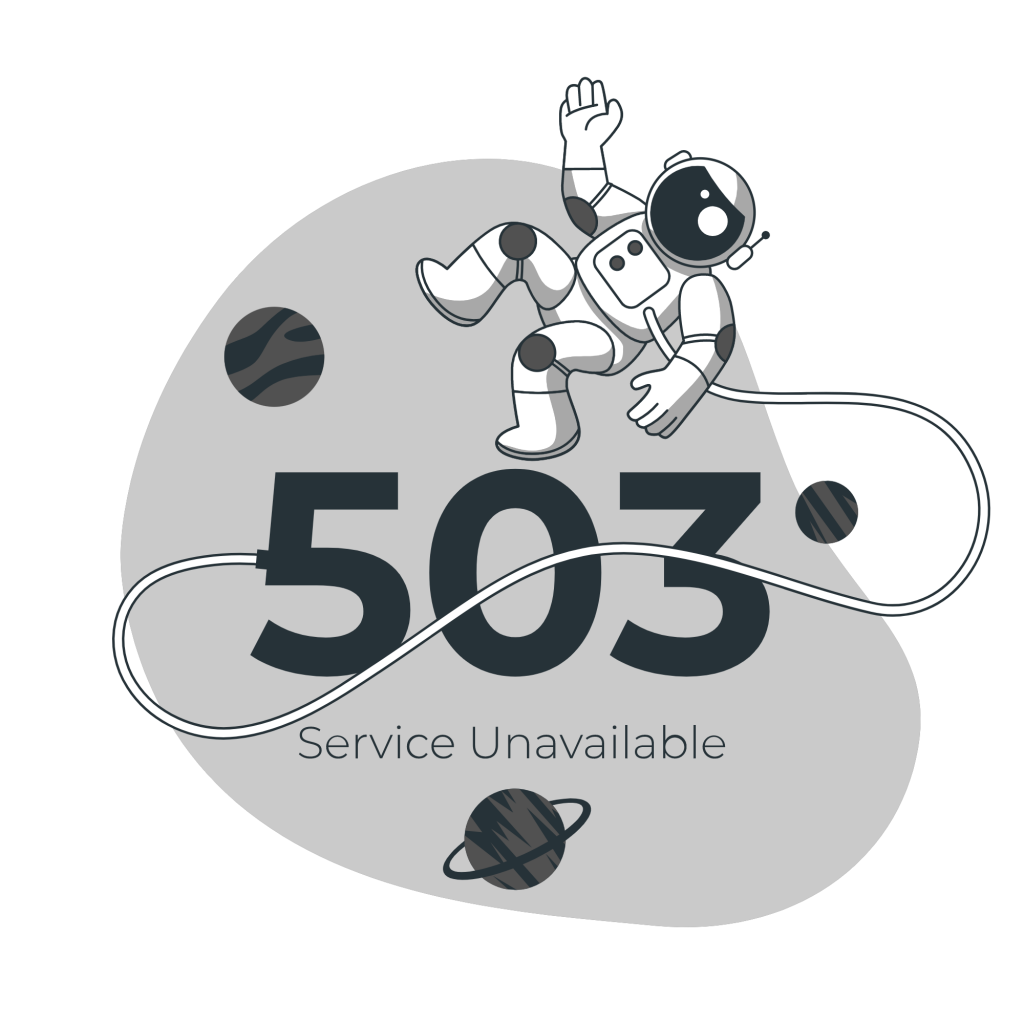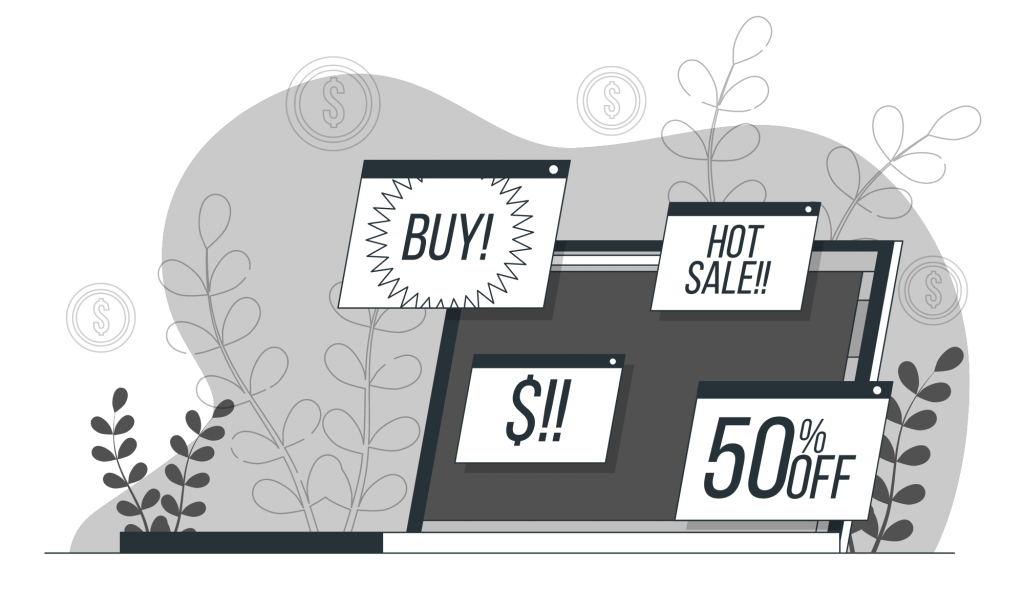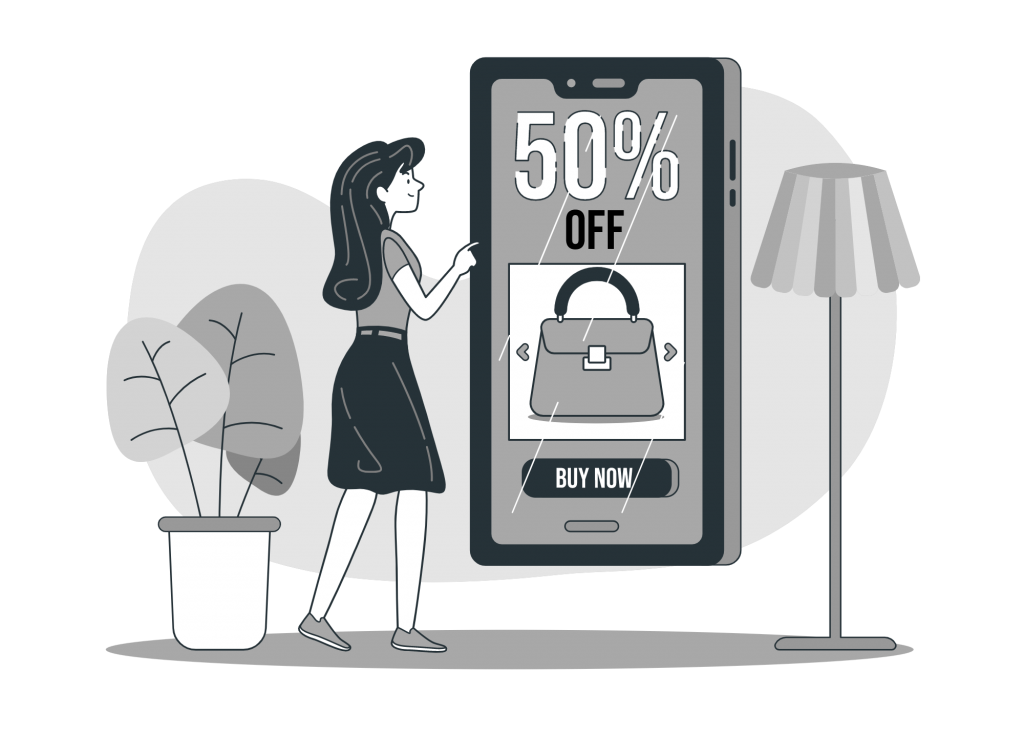Is your eCommerce website ready for the holiday shopping season?
This winter, like last year, eCommerce sales will likely be booming due to the ongoing situation. Many online store owners have a routine for Black Friday or Christmas shopping preparation and tend to stick to it for years, rarely building or adding new steps. On the one hand, it's good to lean on time-tested tactics, yet on the other, you may miss important steps. While one thing may seem obvious to one specific business owner, it could be something that they've never tried out or even considered for somebody else.
With these facts in mind, we've prepared some evergreen tips that stood the test of time and have proven to increase sales and significantly boost revenue during the holiday shopping season.
Table of Contents
1. Enhance Your Website's Security
Unbeknownst to many eCommerce webmasters, cyber-attacks are more prevalent during the holiday season. Hackers know that eCommerce websites experience heavy traffic throughout November and December, so they are more likely to attack online retailers during this period. They are well aware of the fact that store owners are preoccupied with holiday shoppers and let their guard down when it comes to web security.
The most prevalent attacks are to inject malicious code in a website checkout page to capture payment information, or to attempt to compromise the store’s database to steal the personal information of your customers.
We also see a huge increase in DDoS attacks (distributed denial-of-service) which aim to take your site offline. Regardless, a cyber attack can be incredibly hurtful to your holiday sales revenue and reputation. Either the customers won't be able to access your site, or if they find your website has been hacked, they will likely hesitate to shop with you, fearing that their personal information will be at risk.
A few quick pointers in order to strengthen website security are:
- Proactively update your content management system and all associated plugins, extensions, or apps to the latest version. Do it safely, though by ensuring you have a proper backup and of course, well in advance
- Don't store unnecessary customer information - consider what you need for shipping/marketing and discard from your from anything else
- Activate 2FA for everything you can - website logins, Social media logins, Payment methods, etc. DO NOT store passwords in your browser - use a password vault!
- Consult with your web hosting provider in regards to protection against DDoS attacks. For example, at Kualo, we offer CloudFlare integration for basic DDoS prevention, as well as an enterprise DDoS protection service to be deployed as an additional layer of security. These services help preserve your website stability during the busiest days
- While you’re at it, you may also ask your web hosting provider to see if they provide any vulnerability patching (at Kualo, leading e-commerce packages are proactively patched by Patchman, including WooCommerce, Magento, Prestashop, etc.)
If you have a WooCommerce store, we also strongly recommend you visit this article and read our comprehensive guide on protecting your WordPress website.
2. Upgrade Your Web Hosting Service
The increased revenue comes with a price; increased web traffic. You should probably consider if your hosting - and, respectively, your website - will be able to accommodate the high traffic with which the holiday season is associated.
It's not uncommon for e-commerce websites to experience two to four times more traffic during the holiday season than other times of the year. If your website typically attracts 10,000 visitors per month, for example, it may attract 20,000 to 40,000 visitors during the holiday season.
All that traffic can take a toll on your server's resources, and you might face capacity issues that cause slow speeds or outages. Each time a consumer accesses your website, they will consume some of your server's resources Once you've reached your limits, your website is likely to go offline due to the restrictions set in place.

Imagine having your store offline for hours in your most profitable period or during a paid ads campaign!
Moreover, even if the situation isn't that dramatic, standard shared hosting may not provide you with the right tools for proper performance optimisation. In practical terms, this means poor speed resulting in lost sales - users just won't stand for slow websites anymore.
Upgrading your web hosting service to a high-performance hosting or a Dedicated / VPS server will help keep your website up and running during the holiday season. If you are a shared hosting user and unsure what option you should choose next, contact your hosting provider and ask for help.
You can look for yourself within their website as well, but choosing the right hosting package can save you both money and headaches, which is why expert advice comes in handy. At Kualo, we often schedule calls in order to make personal consultations to our customers when they need an upgrade or when migrating their store to us, and the feedback has been overwhelmingly positive.
3. Streamline Customer Support
When a consumer contacts your e-commerce business with a question, they will expect a timely, if not an immediate answer. A couple of years ago, the average response time expectation was five minutes, yet now a recent study indicates it's less than two. Either way, customers standing with a credit card in their hand, ready to make a purchase, will not wait for long
The reality, however, is that the heavy traffic and sales volume associated with the holiday season often create customer service bottlenecks for many eCommerce platforms. As questions and inquiries remain unanswered for hours, consumers take their money elsewhere - usually to a competitor with a chat option.

Start by bulking up. Make sure you have more people prepared to join in whenever traffic starts to become heavy. If you have an idea of what specific days might be busier (for example, Black Friday/Cyber Monday) double the shifts in advance and have some backup ready to jump in, if necessary.
If you're a solopreneur or have a small online shop with few employees, it's not a bad idea to hire some people for this specific period. Upwork offer a fantastic option where you can hire sales representative per hour - just make sure to hire and train them in advance.
Furthermore - and this is the main point of this tip - you must streamline your customer support. An email is a fantastic tool for marketing, but contemporary customer support should include more tools than a simple email option.
Use whatever resources you can manage and are popular within your niche/country. This may include phone, chat, Facebook messenger, Viber, WhatsApp, Telegram and whatever else you feel would be relevant to your target audience. Inserting a WhatsApp number into your Contact page is a matter of minutes, yet it may be the difference of whether or not you make those sales since people simply will not trust an email to get a quick response.
If you have the time, you can opt for a chatbot. Chatbots are particularly useful because they offer immediate answers to the most popular question without requiring manual work, i.e. real people.
Even if you don't have that much time left, you can build a Facebook messenger chatbot, which are easily and quickly built. You can use a company such as Chatfuel and have your bot be ready in a matter of hours, not to mention they offer Instagram automation too.
4. Stock Up on High-Demand Products
Many store owners tend to use a handful of great offers to attract customers, and these products are the first ones to be gone. Since their primary purpose was to attract shoppers, store owners don't stock up much as there is an idea that a customer may purchase something else instead.
This tactic performs very well in supermarkets, yet online, it must be avoided at all costs.
First of all, if a shopper doesn't find what they are looking for, you will lose them immediately to a more prepared competitor. This is not a store they've driven to and are now stuck in; it's a digital space, and their next shopping opportunity is one click away.
Secondly, the after effect will likely be even worse than simply losing that sale. Out-of-stock products foster a feeling of disappointment in users, and the resulting negative association with your online store will not be beneficial. People rarely return to places associated with upsetting experiences, and rest assured, a missing product is precisely this kind of experience for your customer.
That being said, you don't have to purchase a surplus of all products you sell on your website. Stock up on high-demand products that you expect to be popular during the holiday season.
Reviewing holiday sales logs from previous years can help you identify bestsellers, and you can also monitor shopping trends with the help of tools like Google Trends or Pinterest Trends. If your website has a wish list feature, you can tap into this data to recognise high-demand products as well.
5. Feature Lead Products on the Top of Your Home Page
Displaying bestsellers on the top of your home page alongside a compelling sales copy can be pretty efficient. This is actually a very old concept, often used in flash sales where companies advertise their leading products on the first page of their brochure. Bestsellers act as a visual marketing hook, and their primary role is to capture your attention, intriguing you enough to keep flipping the pages.
For online stores, this means that if the user doesn't land on a landing page of interest but on the homepage instead, you'll increase your chances of keeping them on the page by displaying a hook.

Another benefit of displaying a few leading products instead of a large quantity of random merchandise is the space you'll gain to give valuable information about said products. It's crucial to provide a product description that is clear and brief, yet it's captivating and explanatory at the same time.
Of course, this doesn't mean that you should not promote your less popular products at all. Provide a list of related products on the bottom page with links that will take customers to the landing page of those products. It's always a good idea to alternate products and categories, so make sure you feature some of your most popular categories too.
6. Use Notification bars instead of pop-ups
Pop-ups and pop-unders are used quite often, and while it's not a bad idea to try them out, most users will find them rather annoying. Even if they offer something attractive, like a discount, the user will typically look at something when the pop-up appears, so the window will inevitably disrupt their focus most of the time.
Of course, if the offer is good enough, you may convert indeed, but the reflex most users will have is simply to click the "X" button without even reading it. This is the unfortunate consequence of seeing thousands of them blocking pages they are trying to read.
What is the solution?
Notification bars, of course! Their fixed position will guarantee the exposure of your message before your visitors' eyes, yet the fact that they don't cover the rest of the page makes them way less invasive in nature.
7. Test your website for all devices
A simple look within your analytics will help you get a great picture of who your users are, and more importantly, what devices they are using. While most of the sales will be made from a desktop device, the entire shopping experience is usually cross-platform, not to mention that there is always room for surprises. In specific age groups and niches, mobile devices will already surpass desktops. If that's the case with your store, you need to consider this when creating your campaign.
You have to thoroughly test your website using said devices and make sure everything looks up and running on them. Don't rely on the fact that your website is responsive; you are actively making design and content changes, so it's imperative to ensure the smooth sailing of your new content.
8. Create Coupons and Distribute Them Online
No matter what niche you are in, a coupon can be a powerful marketing tool that attracts both new and existing customers to make a purchase. Everybody loves a good deal. Whether it's a discount, a 2 for 1 special or a product giveaway, customers will always grab the opportunity to make a quick win with a coupon.
The thing is, people may not actually find out about your coupons at all. Many companies will just email their coupons or promote them through their social media channels and leave it at that. Don't miss the chance to reach out to your potential audience - use every channel you can think of!

Here are some ideas of where you can submit your coupons:
- Coupon submission and promo code websites
- Facebook groups targeting your audience (talk to the admins first!)
- Partners' social media channels - you can try and reach out to potential new partners too
- Reddit threads on topics relevant to your business (again, talk to the moderators first)
- Smaller websites in your niche
- Lead forms on your site (yes, that include the top bars we discussed)
Note: make your calculations very carefully. You need to consider the possibility that your coupon will take off and have many people who will come to use it, so your offer needs to be financially reasonable.
9. Offer A Money-Back Guarantee
People are cautious as to where they are spending their money these days. Shopping online oftentimes means expectations not being met, so online users can be (rightfully) hesitant to purchase from a place they've never used before.
Offering a money-back guarantee is not a choice that may always seem right, but what you have to consider is that the increased risk of returns is compensated by the increased conversion rate. Statistical data speak in favour of the money-back guarantee approach, which is why so many reputable companies tend to use it.
In many countries, local law ensures that online purchases can be returned within some time after the sale, so in these territories, people can make returns whether you like it or not. If that's the case with the country where you conduct your business, you can at least take advantage of the situation and advertise a "risk-free product".
10. Offer Free Shipping
Free shipping seems like an overused strategy that is taken for granted, yet the reality is that most users will still be influenced by it when making a purchasing decision.
A universal truth across all industries is that nobody likes to spend money on shipping. People can pay you hundreds of dollars on products and yet frown upon a couple of bucks of delivery charge. Scratch that, if they spend hundreds of dollars, free shipping will absolutely be expected of you.
If it seems relevant to your niche and territory, you can spend a part of your marketing budget on free shipping. If you already do that, include another bonus - a small gift will also do the job. The whole idea is to make the experience seem worthwhile by providing an unexpected added value to your offer.
Final thoughts
Preparing your online business for the holiday shopping season may take a little bit of time (and practice), but it’s definitely worth it. Keep in mind you’re making investments not just in your immediate revenue but in your brand and the future of your business.
Invest in good marketing and solid technical base - these two areas of your business will always pay off. If you are looking to find out more on the many benefits of an upgraded hosting account, all you need to do is get in touch with our experts.
You will get an immediate, no commitment advice on what would work best for your business.
Test, evaluate, repeat and remember to spare some time and enjoy the holidays!






